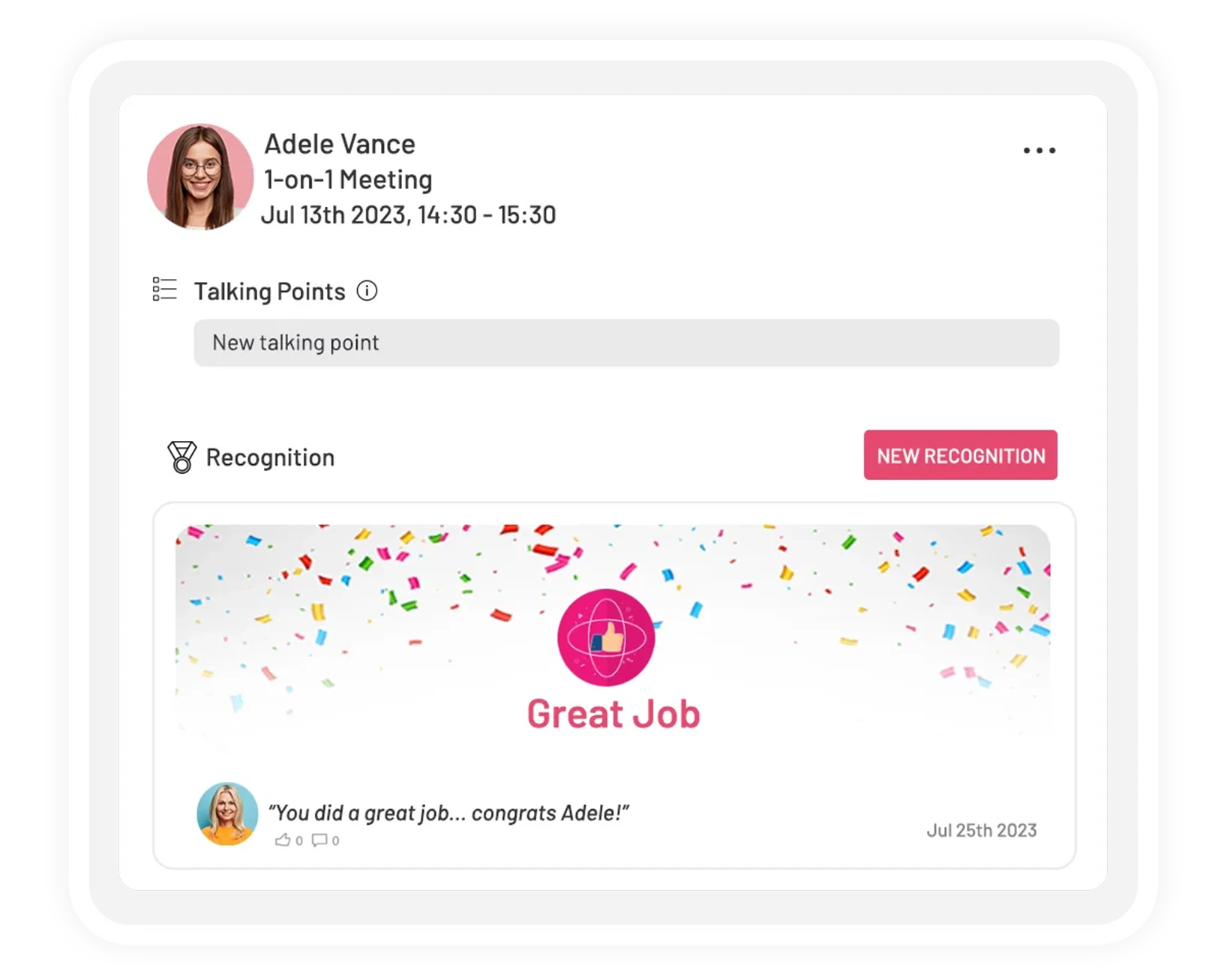Just how many types of employee recognition are there? What are the 6 types of recognition? If you are a lost soul searching for the answers to those questions, you have come to the right place.
While HR Trends come and go, there is one trend that will never go out of fashion and that is keeping your employees engaged. Employee recognition is one of the most important pieces of the employee engagement puzzle and the most fun part is, there are all sorts of different types of employee recognition.
So before you start working on those employee engagement action plans, why not take a look at these different types of employee recognition and see which ones best fit your style and which ones you’ve been neglecting recently!
Table of Contents
Unlock The Potential Of Your Team With Teamflect
You can boost employee engagement, recognition, and productivity seamlessly with Teamflect. To embrace a new era of workplace excellence, explore Teamflect today and transform your organization into a hub of success and growth!



